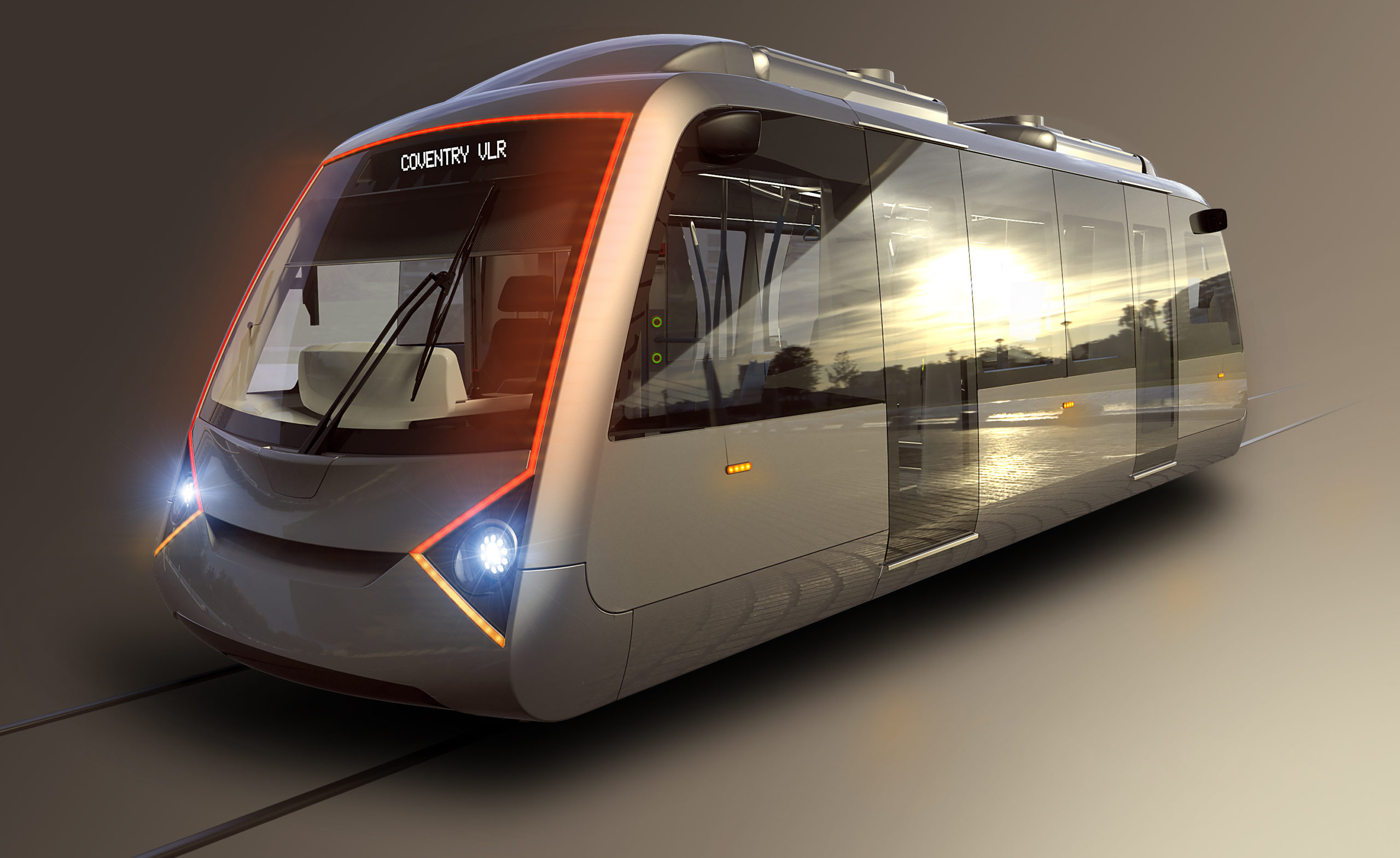A fresh approach to the way light rail is defined has the potential to transform connectivity in small and medium-sized UK cities.
That’s the view of sector experts who are working with local authorities and other organisations on a range of project proposals that embrace new technology to drive down the cost of future transport networks.
Over the past decade, advances in very light and ultra-light rail have seen them become an increasingly viable option for towns and cities looking for cost-effective ways to reduce congestion, attract inward investment and improve the local environment.
In a presentation to light rail professionals at a recent summit in Manchester, Colin Robey of the UKTram Centre of Excellent told delegates that the sector now needs a new mindset that embraces these alternatives to existing types of tramways if it is to compete with other modes of public transport.
“We must ensure that we sell the entire sector as light rail and not distinguish between the many factions that it contains, including everything from tram/train to ultra-light rail,” Colin explained.
“For example, the bus industry will decide on a service and size of vehicle that matches patronage requirements, and they often incorporate a range of different options – from full-sized coaches to small mini-buses.
“At the planning stage, the focus will be on the bus routes rather than the size of the vehicles that will operate on them. You cannot decide the vehicle until the business case requirements are fully understood.
“Thanks to the success of our existing light rail systems, sometimes our sector can appear to prioritise the promotion of full-scale tramways and metro systems rather than ‘lighter’ alternatives that may be more viable.
“However, times have changed, and in today’s economic climate we need to focus clearly on reducing the costs of future projects and speeding up their delivery, without compromising on safety or the clear benefits that rail-based transit systems can provide.”
In response, the Centre of Excellence is now building on the work it has done on developing a ‘route map’ which aims to help sponsors and promoters build a solid case for their plans and a clear path towards successful operations.
Currently in development, a ‘pre-route map’ will help them focus on the Business Plan, which ultimately drives the size of the vehicle or mode required. Sponsors can also consider a broader range of options, including the use of former railway lines combined with some on-street running.
These lightweight tramways may well reduce the need to re-route utilities and emerging battery technology will also potentially reduce the need to construct expensive new infrastructure such as overhead lines.
“These advances open up a wealth of opportunities, and the sector needs to embrace them if it is to continue to expand,” Colin said.
“Following the success of projects such as Pre-Metro in Stourbridge and research being done in Coventry, VLR and ULR projects are becoming increasingly realistic options for many large towns and smaller cities.
“Already such schemes are under consideration in Bath, Bristol, Stoke-on-Trent, Isle of Wight and Folkstone, and, moving forward, the Centre of Excellence is committed to helping promoters to find the most appropriate and cost-effective solutions,” he added.

